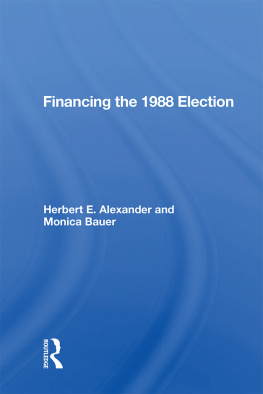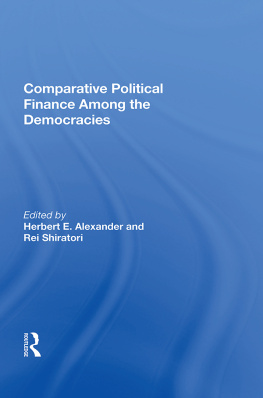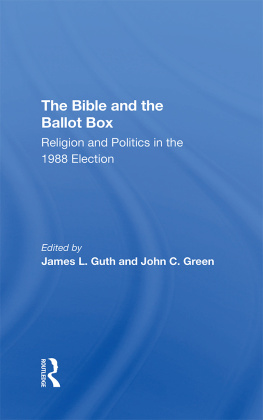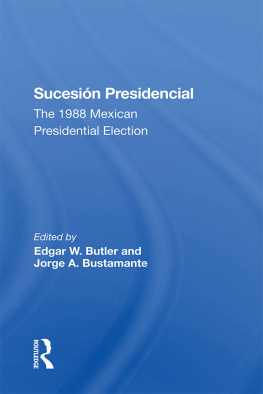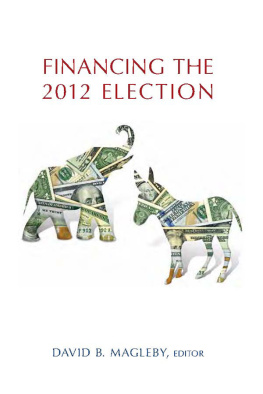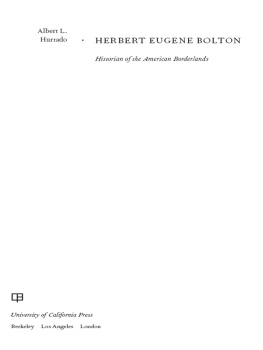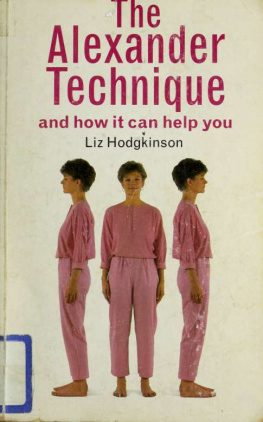First published 1991 by Westview Press, Inc.
Published 2018 by Routledge
52 Vanderbilt Avenue, New York, NY 10017
2 Park Square, Milton Park, Abingdon, Oxon OX14 4RN
Routledge is an imprint of the Taylor & Francis Group, an informa business
Copyright 1991 Taylor & Francis
All rights reserved. No part of this book may be reprinted or reproduced or utilised in any form or by any electronic, mechanical, or other means, now known or hereafter invented, including photocopying and recording, or in any information storage or retrieval system, without permission in writing from the publishers.
Notice:
Product or corporate names may be trademarks or registered trademarks, and are used only for identification and explanation without intent to infringe.
Library of Congress Cataloging-in-Publication Data
Alexander, Herbert E.
Financing the 1988 election / Herbert E. Alexander and Monica
Bauer.
p. cm.
Includes bibliographical references and index.
ISBN 0-8133-8268-8. ISBN 0-8133-8269-6 (pbk.)
1. Campaign fundsUnited States. 2. PresidentsUnited States
Election1988. 3. United States. CongressElections, 1988.
I. Bauer, Monica. II. Title.
JK1991.A6855 1991
324.7'8'097309048dc20 91-6727
CIP
ISBN 13: 978-0-367-01670-8 (hbk)
In this eighth quadrennial book on the financing of presidential election campaigns, the research and analytical techniques used previously were reexamined, and considerable modifications were made to accommodate the new data. The 1988 elections constituted the fourth experience with public funding, adding new dimensions and leading to new ways of dealing with and thinking about the subject. Each successive study is an educational experience, and the 1988 campaign was notable in the diversity of ways and means found to raise, handle, and spend the large amounts of money used.
A new agency, the Federal Election Commission (FEC), came into being in 1975, producing immense amounts of data and information and affecting greatly the contours and analyses of the 1988 study. Some amounts reported in this book as spent by a given candidate may differ from other figures because audit totals of the FEC do not agree with totals in its published compilations or with direct or later information that the Citizens' Research Foundation (CRF) received. The CRF made certain adjustments that the FEC did not. Closing dates for some CRF analyses differed from those in FEC or other compilations, thus resulting in different totals. A number of definitions of categories differ, affecting which groups are included or excluded in certain totals. And for some purposes, soft money, independent expenditures, compliance costs, and communication costs were included, unlike compilations by others. Moreover, the FEC compilations often give totals only for general election candidates, going back to January 1 of the election year or previous year, without separating primary election from general election spending and not accounting for the totals of dollars raised and spent by primary election losers. Of course, the FEC disclosure forms are not designed to differentiate accurately between primary election and general election spending.
So many events and facts required description independently by topic that it was difficult to organize the book efficiently. There would have been so many notes cross-referencing topics such as fund-raising or public financing within the confines of the book that, for the most part, we dispensed with these. Accordingly, readers should use both the Table of Contents and the Index for cross-referencing.
This study attempts to update and to keep active analyses and categories of data developed over the years by Professors James Pollock, Louise Overacker, and Alexander Heard; the Senate Subcommittee on Privileges and Elections (under the chairmanship of Senator Albert Gore of Tennessee) in 1956; and the seven previous volumes authored or coauthored by Herbert E. Alexander in his series on finance and elections.
Acknowledgments
The data in this study were collected by the CRF. An early analysis was published in a brief article by Herbert E, Alexander, "The Price We Pay for Our Presidents," Public Opinion, vol. 11, no. 6, March/April, 1989, pp. 46-48. Special appreciation is due to many individuals for providing information in personal interviews, through correspondence, and by telephone. Many finance managers and others preferred to remain anonymous. Because it would be unfair to name some and not others, we regretfully do not list the many persons in such capacities who graciously cooperated.
We acknowledge the help of Rebecca Herrick, a graduate student at the University of Nebraska, for her assistance with data from the University of Michigan National Election Survey.
Monica Bauer did not participate in the writing of "Epilogue: Shaping Election Reform" and does not have any responsibility for its contents or conclusions. Special thanks are due to David Beiler for his comprehensive research on election reform and his editing of the Epilogue.
Throughout, CRF's assistant director, Gloria Cornette, was a constant source of strength, managing superbly the preparation of the manuscript at all stages, typing under deadline, and preparing the index.
None of those who were so helpful is responsible for errors of omission or commission; for those, as for interpretations, we bear sole responsibility. We appreciate the cooperation and encouragement received from officers and members of the board of trustees of the Citizens' Research Foundation, but the presentation is ours and does not necessarily reflect their views.
We are especially grateful for a generous grant from the Amoco Foundation, enabling this volume to be prepared. Without the contributions of numerous additional supporters of the Citizens' Research Foundation, this study would not have been possible.
Herbert E. Alexander
Monica Bauer
In 1988, George Bush won the presidential election with 426 electoral votes in forty states, while Michael Dukakis won in ten states and the District of Columbia, receiving 111 electoral votes; 1 electoral vote was cast for Senator Lloyd Bentsen, the Democratic vice presidential candidate. With a voter turnout of 50.1 percent, the Democrats retained their majority in both the U.S. Senate and the House.
Developments in financing the 1988 election campaigns were notable in many ways, although they generally have received far less systematic attention than other aspects of the elections. Accordingly, these developments are the subject of this book. Campaign money may be conceived of as a tracer element in politics; much valuable information about the patterns of political events and results and the distribution of political power may be obtained by following the path of money through the course of election campaigns.
During the 1987-1988 election cycle, total political campaign spending at all levelsnational, state, and localexceeded $2.7 billion, a 50 percent increase over the estimated political spending bill in the previous presidential election cycle. Although the $2.7 billion figure indicates that campaign spending continues to grow at a rate greater than that of inflation, the increase over the corresponding 1984 figure also is due in part to the fact that more complete information is available regarding campaign costs.
 FINANCING THE 1988 ELECTION
FINANCING THE 1988 ELECTION


